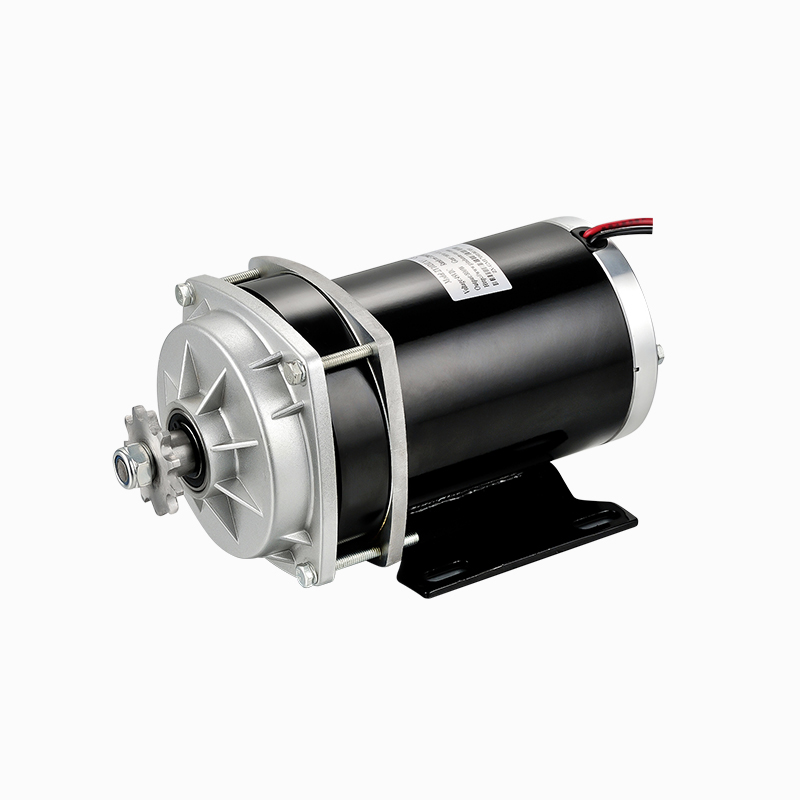Call us
+86-18023576732
+86-0579-89008006
Fax: +86-0579-82206899
The DC brushed motor is a widely used motor type due to its simplicity, affordability, and ease of control. However, understanding how it performs under high load conditions is critical for ensuring reliability and longevity in demanding applications. This article explores the behavior, challenges, and considerations for its operation when subjected to elevated mechanical loads.

Load Impact on Motor Performance
When a DC brushed motor experiences a high load, it must generate greater torque to overcome the resistance. This increased torque demand causes higher current draw from the power supply. High loads can strain the motor components and impact performance. The motor speed tends to decrease under heavy load because more electrical power is converted into mechanical work and heat, reducing efficiency.
Thermal Effects and Overheating Risks
One significant consequence of high-load operation is heat generation. The increased current causes resistive losses in the windings, causing a rise in motor temperature. If the motor lacks adequate cooling or is operated beyond its rated capacity for extended periods, overheating may occur. Excessive heat can degrade insulation materials, accelerate brush and commutator wear, and ultimately shorten the motor's lifespan. Proper thermal management, such as using heat sinks, fans, or intermittent duty cycles, is essential to maintain safe operating temperatures.
Brush and Commutator Wear Under Load
In a DC brushed motor, brushes and the commutator are key mechanical components that enable current transfer to the rotor. High load conditions can intensify brush pressure against the commutator, increasing friction and wear. This accelerated wear may cause electrical noise, sparking, and uneven motor performance. Frequent maintenance and replacement of brushes become necessary to prevent failures, especially in applications where the motor regularly operates near its overload.
Mechanical Stress and Vibration
Heavy loads can introduce mechanical stress on the motor shaft, bearings, and mounting hardware. If the motor is not designed to withstand such stresses, it may experience premature bearing failure, shaft misalignment, or vibration-related issues. These mechanical problems further affect motor stability and can cause operational interruptions or damage to connected equipment.
Strategies to Optimize Performance Under High Load
To ensure reliable DC brushed motor operation under high load conditions, several strategies can be employed: Selecting motors with higher torque ratings or oversized capacity to handle expected loads comfortably; Using appropriate gear reduction to decrease load on the motor shaft while increasing torque output; Implementing current limiting and thermal protection circuits to prevent overheating and overcurrent situations; Scheduling regular maintenance to monitor brush condition and commutator surface integrity; Employing cooling solutions such as forced air or heat sinks to dissipate excess heat effectively
Application Examples and Load Considerations
They are common in applications like automotive accessories, industrial tools, and robotics, where load conditions can vary widely. For instance, a motor driving a conveyor belt may face intermittent heavy loads due to varying material weight. In such cases, designing the system with sufficient safety margins and monitoring performance is crucial to avoid unexpected downtime.
Conclusion
While DC brushed motors can operate under high load conditions, their performance and durability depend heavily on appropriate motor selection, load management, and maintenance practices. Understanding the thermal, mechanical, and electrical stresses imposed by heavy loads helps in optimizing motor operation and extending service life. With careful consideration, they remain a reliable choice even in demanding high-load applications.
Contact Us